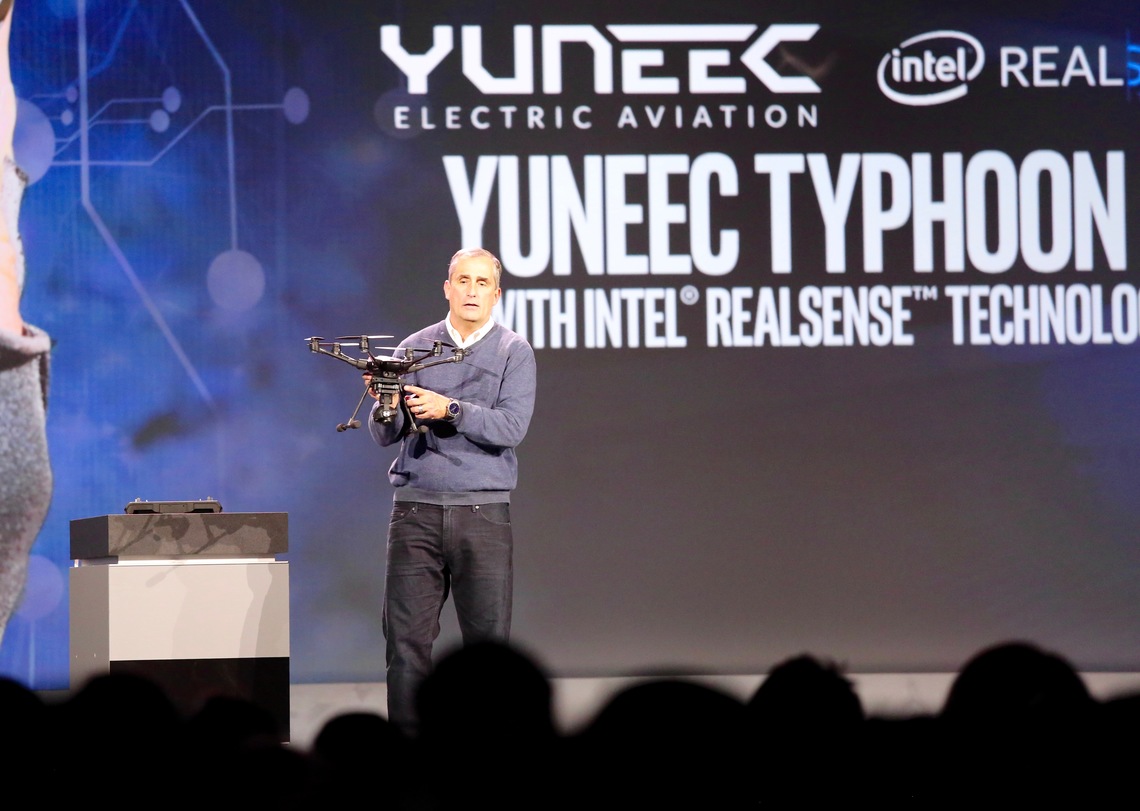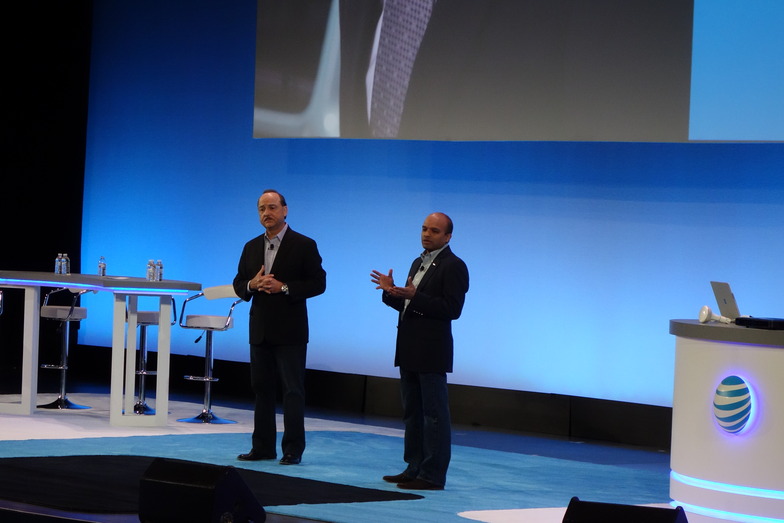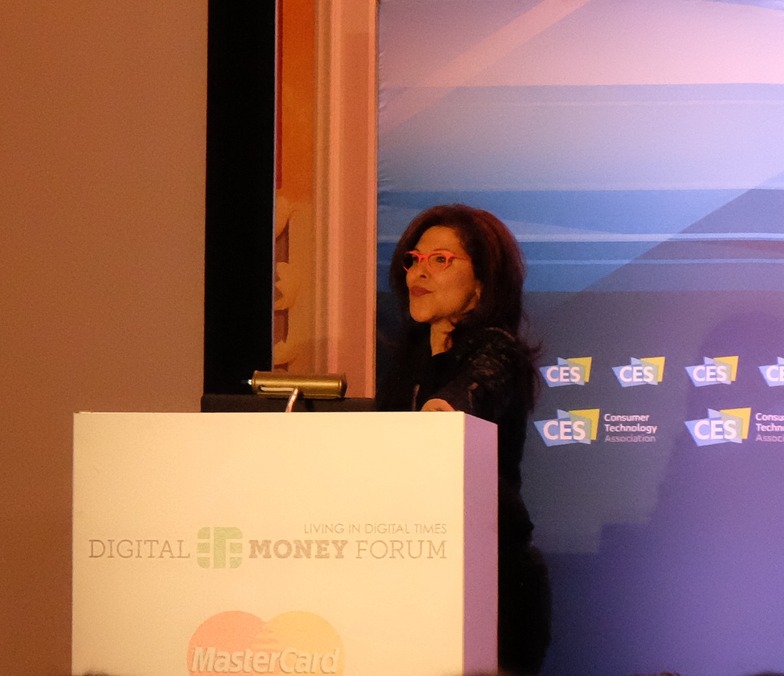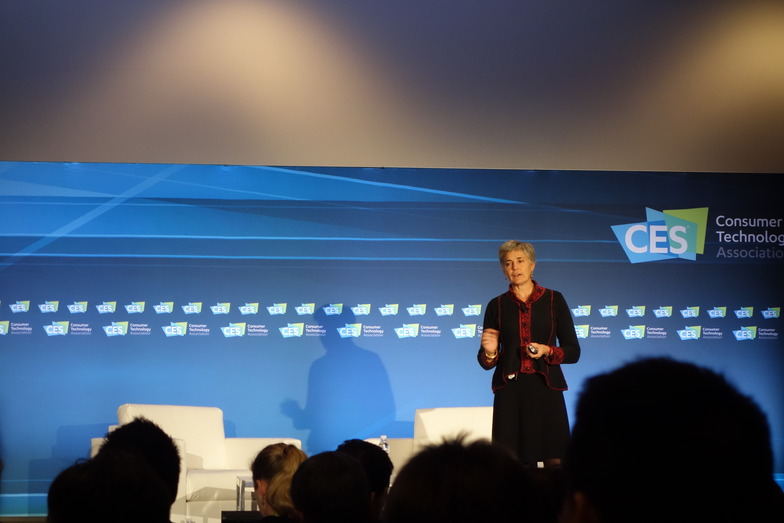We introduce CES from the perspective of members of the global Dentsu Group. In the first installment, Naoki Mori of Dentsu CDC, who has visited CES for many years, shares his "approach to CES" – engaging with numerous US executives.
Every January, the first opportunity of the year arrives to experience global technology trends and the currents of major U.S. corporations and influential ventures. That opportunity is CES, held annually in Las Vegas, USA, in early January. Starting this year, the organizing body's name changed from CEA (Consumer Electronics Association) to CTA (Consumer Technology Association), further emphasizing its technological focus.
This report focuses not on technology or product trends, but on the American business leaders you can meet at CES. I'll share my personal approach to navigating CES, highlighting how U.S. companies engage with technology.
CES is a prime opportunity to gain insights from U.S. executives
When people think of CES, they think of an electronics show. Recently, it's primarily a trade show where you can encounter various gadgets powered by the latest technologies: mobile, automotive (connected cars), smart home, 3D printers, drones, VR... Most domestic news articles also focus on the newest products unveiled at CES, and I imagine the majority of participants from Japan are there primarily for those. When I first started attending CES about seven years ago, my main goal was also "to encounter the latest products!"
However, CES offered another valuable opportunity. While keynote speeches are part of it, there are also diverse sessions led by executives from large corporations to startups – people you rarely get to hear from otherwise. For me, at CES, I don't walk around to discover new gadgets; I walk around to listen to as many executives and visionaries as possible. There's simply no other place where you can hear from executives across such a wide range of industries.
What are U.S. companies focusing on?
Through these sessions, I gain insight into what U.S. executives value and focus on to drive innovation.
First, regardless of organizational size, industry, or public/private sector, there is a shared recognition of the IoT trend and a strong awareness of the necessity for their own digital transformation. Furthermore, their methodology seems aligned: building business ecosystems using APIs, collaborating across industries, partnering with or investing in startups, and the speed at which these actions are executed is crucial.
They also cite examples like Uber, Airbnb, and Tesla, stating that disruptive innovation and disruptors will continue to significantly impact the market, and assert that they themselves must become disruptors.

Intel CEO Brian M. Krzanich emphasized that Curie, an IoT-focused CPU, is offered at $10, can be embedded in any object, and is applicable across all industries and sectors.

AT&T Mobility & Business CEO Ralph de la Vega (left) and Ford Chief Technical Officer Raj Nair (right) announced a strategic partnership. They stated that by making all future Ford vehicles connected cars, they will supply 10 million connected cars in North America alone by 2020.

Susan O'Day, CIO of The Walt Disney Company, emphasized that leveraging technology and data is crucial for Disney to continue delivering magic to people. She stressed the need to fuse these with real, physical experiences to provide new, high-quality entertainment.

Betty DeVita, Chief Commercial Officer of Mastercard Labs, stated that companies must consider the relevance of technological innovations seemingly unrelated to payment firms—such as unmanned retail, 3D printing, smart robots, autonomous driving, drones, and new channels—to their own businesses. She cited recent initiatives, such as Samsung refrigerators featuring 21-inch screens linked to food e-commerce, and Mastercard building new consumer channels through its payment system offerings.

Robin Chase, co-founder of major U.S. car-sharing company Zipcar, commands global attention through her strong influence. She articulated the essence of the sharing economy, stating that all global excesses—such as vacant rooms or unused cars—constitute inventory for sharing businesses.
The CES 2016 REPORT published on Adty also touches on the perspectives and trends regarding technology held by many U.S. executives.
For advertisers attending CES, beyond experiencing compelling digital gadgets and the latest connected home appliances and vehicles, we recommend listening to insights directly from executives on the ground.







